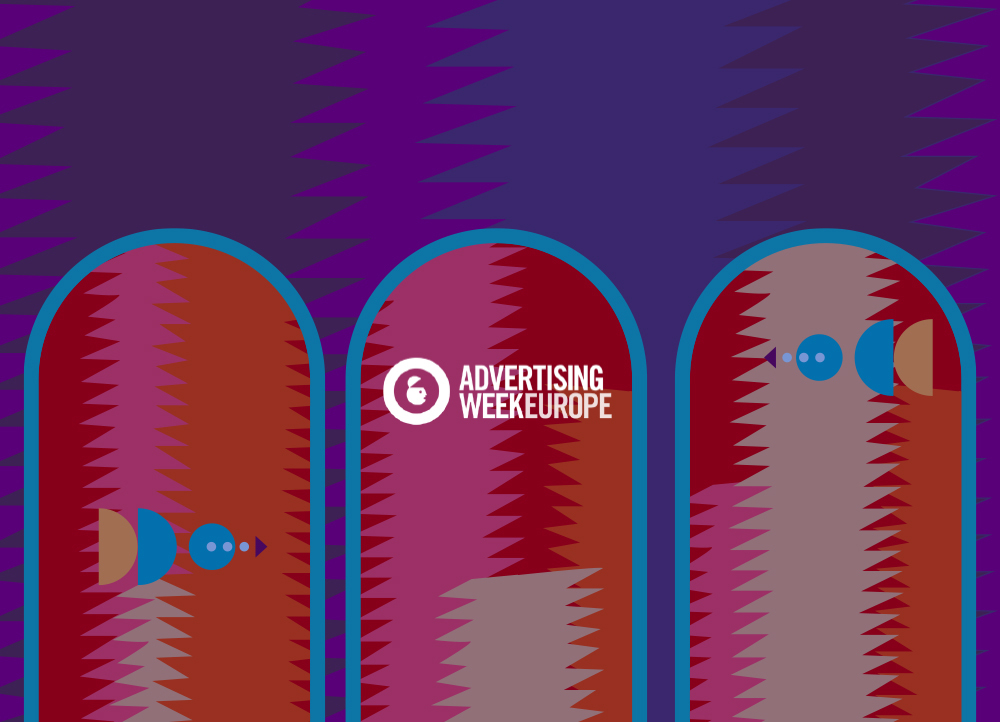There’s something magical about a new book. The pristine pages. The uncracked spine. The promise of being taken on a journey by someone else’s words. Reading is one of the easiest ways to expose yourself to new ideas and perspectives. It also helps you relax. Studies show reading for just 6 minutes can reduce your stress levels by 68%.
Finding a quiet moment to lose yourself in a book can be tricky, but at Always Be Content, we believe it’s well worth making the effort. We’ve chosen five that are worthy of a place on any bookshelf. Each has lessons that can be applied to the marketing industry, but they are also great reads in their own right.
Before becoming a celebrated journalist and author, Malcom Gladwell aspired to work in advertising. While fate had other plans, an interest in marketing and branding still shines through in his writing, particularly in ‘The Tipping Point’, the book that made his name. It describes the point where an idea, trend, or social behaviour crosses a threshold and spreads like wildfire. For example, he explores how after years of declining sales, Hush Puppy shoes experienced a sudden resurgence in popularity in the mid 90s.
In ‘The Tipping Point’ Gladwell identifies three ‘agents of change’; The Law of the Few, The Stickiness Factor and The Power of Context. He evidences these with a fascinating array of case studies which cover such wide-ranging subjects as teen smoking and Sesame Street. Throughout the book, Gladwell displays an uncanny knack for making academic research entertaining and easy to grasp. Not only does ‘The Tipping Point’ contain salient insights for marketers, it’ll help you see the world with a fresh pair of eyes.
Brands don’t come much bigger than Nike. ‘Shoe Dog’ is the frank and thrilling memoir of founder Phil Knight and follows his buccaneering quest to build a sporting empire. An obsessive runner, Knight struck a deal to export Japanese running shoes into the US after graduating from college. Together with his old University running coach Bill Bowerman, he established ‘Blue Ribbon Sports’ in 1964 and started selling the shoes from the boot of his car.
As the company grew, so did tensions with its Japanese supplier, and Blue Ribbon officially renamed itself ‘Nike’ in 1971 after the two parted ways. Nike’s relationship with advertising agency Wieden and Kennedy helped take the brand to the next level in the 80’s, yielding some iconic ads and their ‘Just Do It’ tagline. A young basketball player called Michael Jordan also helped make the ‘swoosh’ ubiquitous. However, everyone has to start somewhere, and ‘Shoe Dog’ reveals the struggles and sacrifices of Nike’s early days.
Mathew Syed makes a strong case for the power of diversity in ‘Rebel Ideas’. Generally speaking, ‘people like people like them’. This is reflected in workplace hiring practices and explains why so many teams are homogeneous. Unfortunately, this leads to ‘perspective blindness’, which can have devastating consequences. Syed believes that if the CIA had more Muslim employees, they would have found it easier to pick up on clues which could have prevented the 9/11 attacks.
There is certainly plenty of take-aways for marketing people. One actionable lesson is to encourage ‘cross-pollination’ in the workplace. As Syed explains, brilliant ideas often happen when colleagues from different departments have chance encounters with each other. Something as simple as the lay-out of an office can help encourage these interactions. Syed argues that to solve major problems like climate change and economic decline, we need diverse teams of thinkers. Bringing together people with different experiences, perspectives and backgrounds will give us the cognitive diversity we need to think of new ideas and solutions.
As the title suggests, the concept of ‘stickiness’ Gladwell introduced in ‘The Tipping Point’ provides the inspiration for this book. ‘Made to Stick’ seeks to identify what it is that makes an idea memorable; why are we more likely to remember an urban legend than a mission statement for a charity? The Heath brothers believe ‘The Curse of Knowledge’ is a major factor. When we communicate ideas, we forget others might not know as much as we do. This makes it harder for us to communicate them in an engaging way.
To combat this, the book defines six qualities that make an idea ‘sticky’ with the handy mnemonic- SUCCES. This stands for ‘Simple-Unexpected-Credible-Concrete-Emotional-Story’ and the importance of each quality is highlighted with interesting case studies. If you’re in the business of communicating ideas, you’ll find plenty to appreciate in this book. We’re flooded with so many messages, particularly online, that its hard to stand out. Thankfully, ‘Made to Stick’ is packed with practical advice on how to do just that.
John Berger’s ‘Ways of Seeing’ deconstructs the dominant cultural ‘gaze’ towards art an is particularly well known for its reflections on the female nude and the concept of the ‘male gaze’. According to Berger, only twenty or thirty nudes in the European oil painting tradition depict a woman as herself rather than as a subject of male idealisation or desire. Men survey, while the women are surveyed.
‘Ways of Seeing’ also includes a couple of chapters about advertising and how it uses and distorts the language of paintings. It describes how oil paintings were used to reflect the present status and wealth of those who commissioned them. In contrast, adverts are about the future, and an idealised portrayal of something that is just out of reach. When it was published fifty years ago, ‘Ways of Seeing’ caused a stir by challenging preconceived notions of how we view art and its social and political context. It remains influential to this day, as it explains how we ascribe meaning, both to works of art and to the world around us.
Share and tag us @alwaysbecontent








